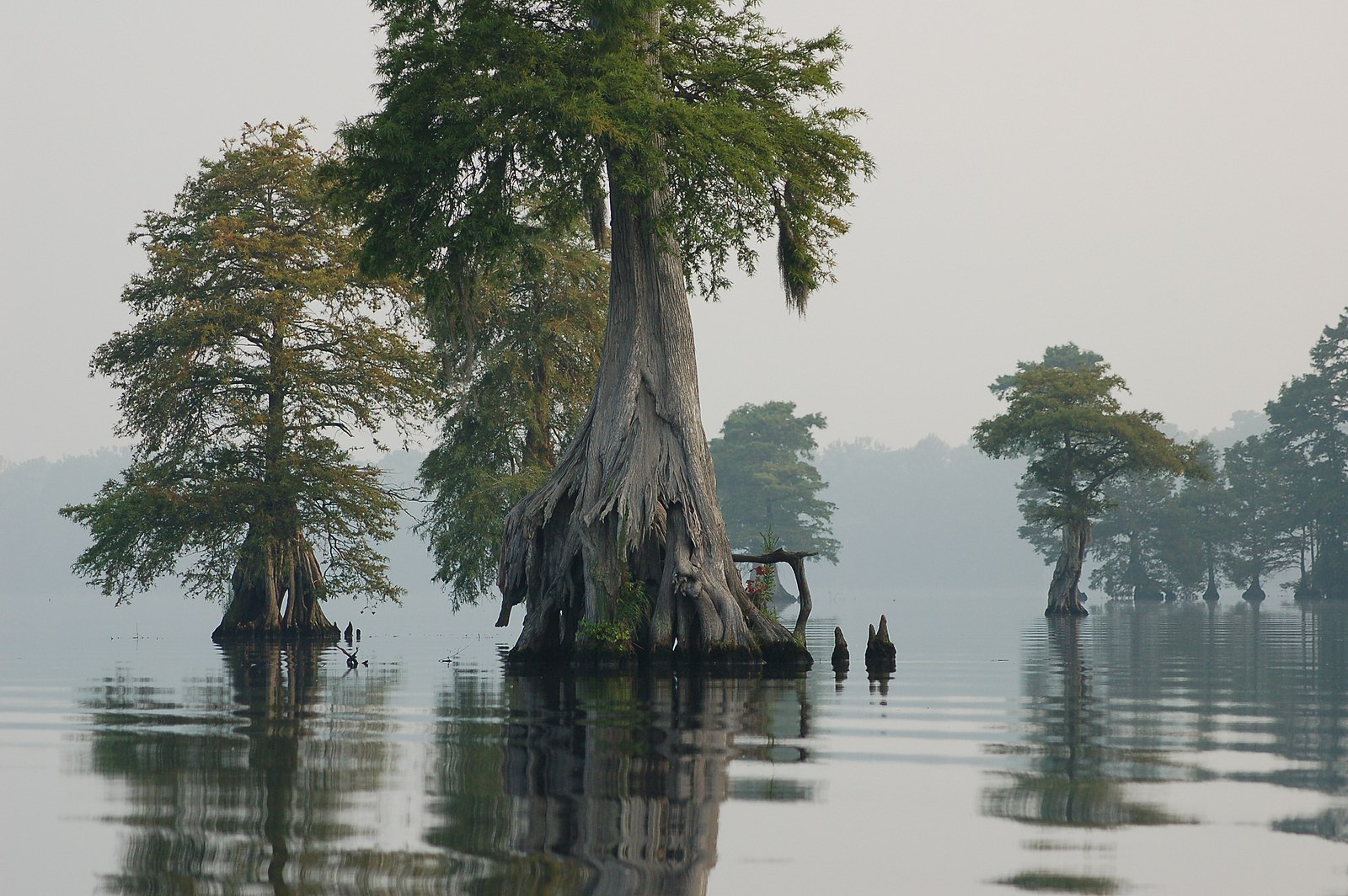The swamps aren’t foul at all. This is a complex ecosystem, which is also very important for the global ecology’s well-being.
The largest swamps
Pantanal is the largest swamp in the world. It’s located in South America, mostly on Brazilian land. Well, technically Pantanal isn’t one giant swamp, that’s the world’s largest wetland area with lots of swamps. It covers an area of 54,000-75,000 sq miles (140k-195k sq km) which is 2.5 times larger than the area of Ireland. The largest swamp in the northern hemisphere are Vasyugan swamp in Russia, it occupies 20ю500 sq miles (53k sq km) and contains about 800k small lakes in it.
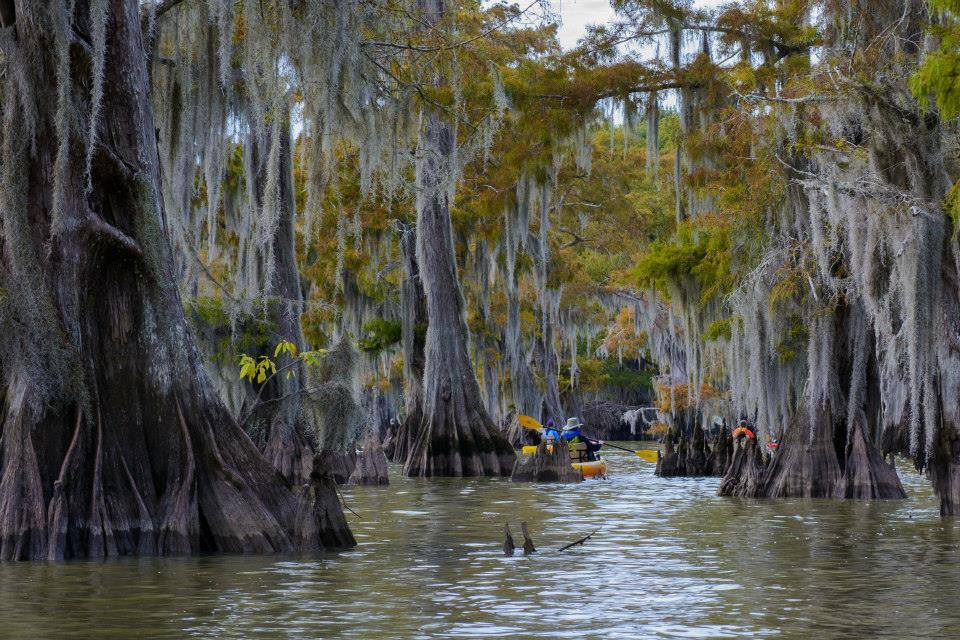
Benefits of the swamps
Despite the obvious danger that swamps pose to humans, they have been visited by people since ancient times. Not only mushrooms and berries grow on them, but also numerous medicinal herbs used in traditional medicine.
Source of peat
There is peat in all the marshes (well, marshes and swamps are technically different things but they are very similar anyway). It’s a valuable natural resource used for thermal insulation and as fuel. Moss is the main “ingredient” for the formation of peat. Usually, wetlands are considered a swamp if the thickness of the peat layer in them reaches 1 foot (~30 cm).
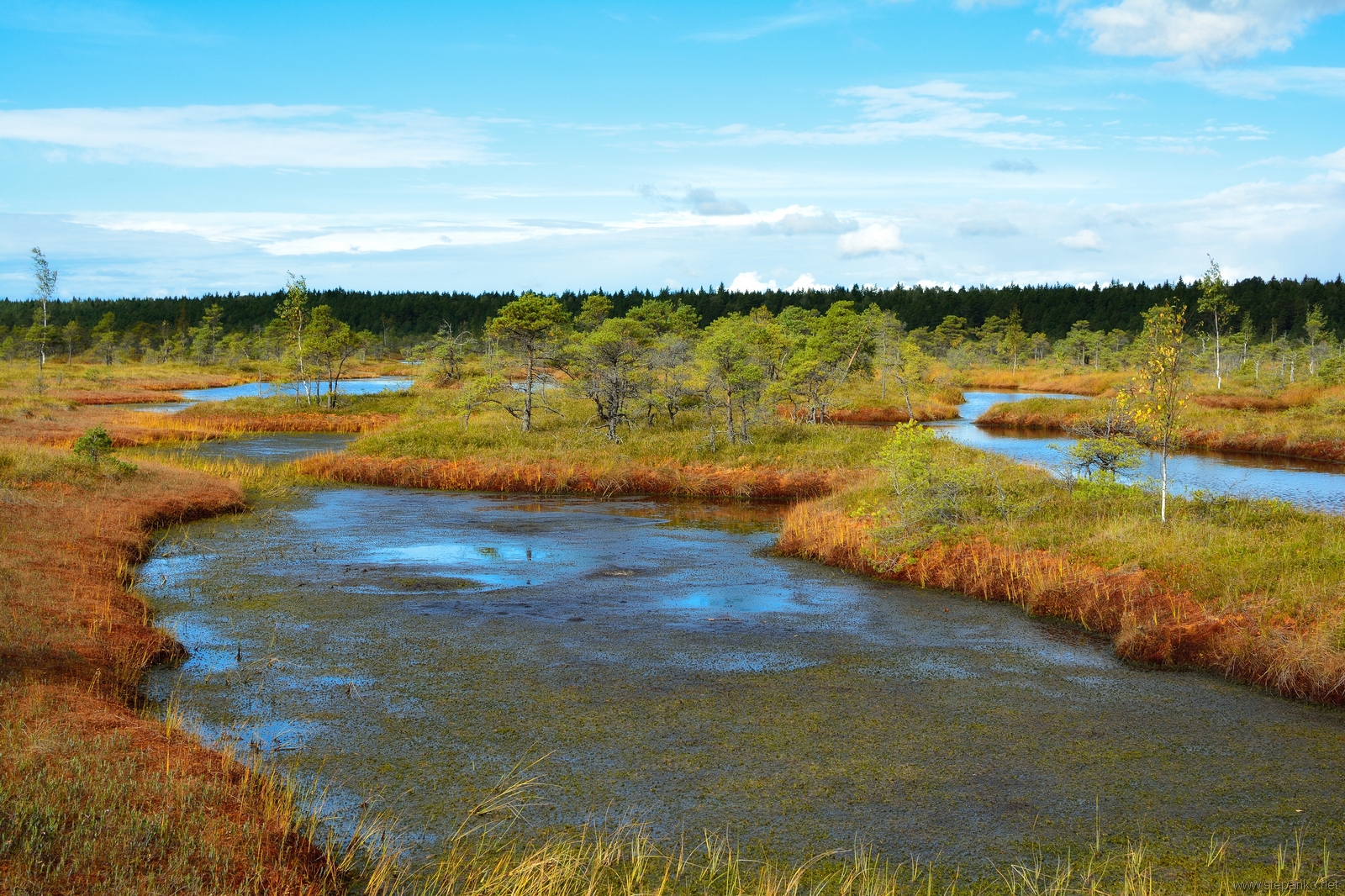
Swamps against the greenhouse effect
Swamps fight the greenhouse effect much more effectively than any other ecosystem on the planet. They absorb about 10 times more carbon dioxide from the atmosphere than the forest! Moreover, rainforests sometimes produce more CO2 than oxygen. This is due to the decomposition processes going on there, as well as the oxygen consumption of the animals living in them.
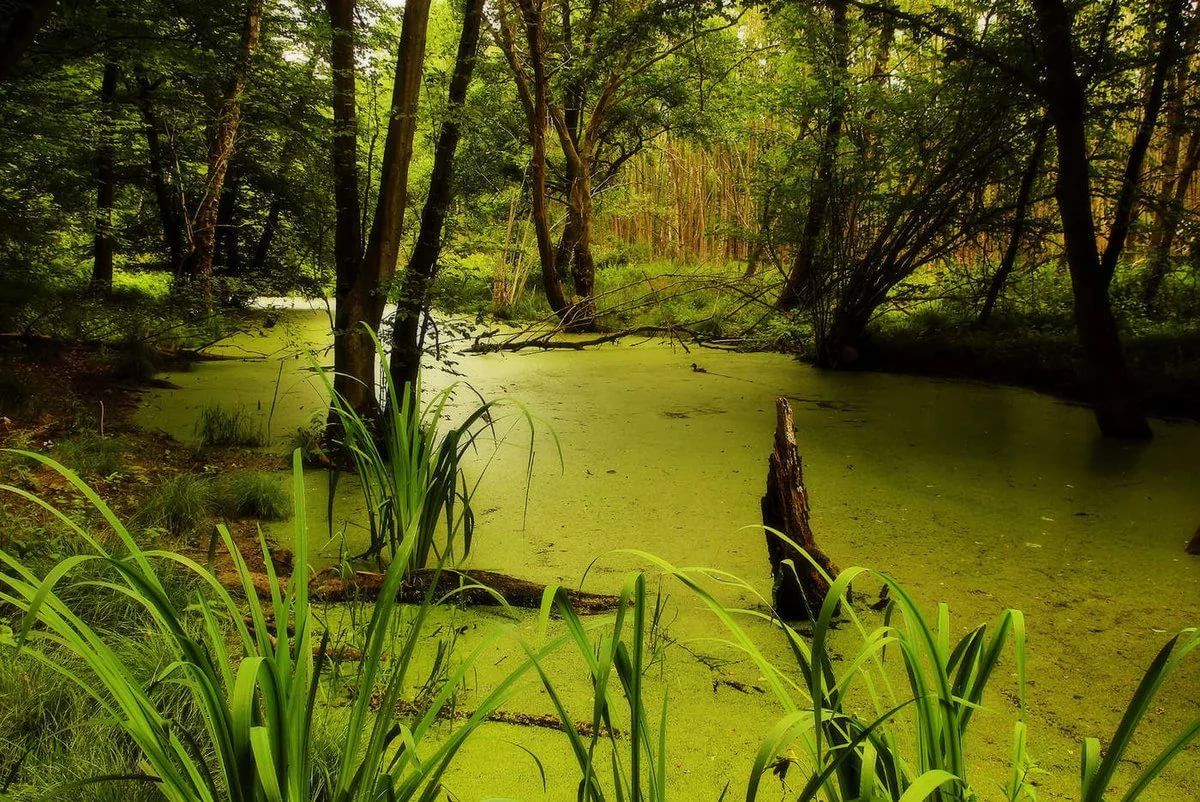
Underground fires in the marshlands
Sometimes underground fires happen in the swamps. They arise due to the fact that peat is a powerful thermal insulation material, it heats up to the temperature of combustion. Unfortunately, that’s impossible to extinguish such underground fires. They subside only when they are extinguished by groundwater – after heavy rains, for example.
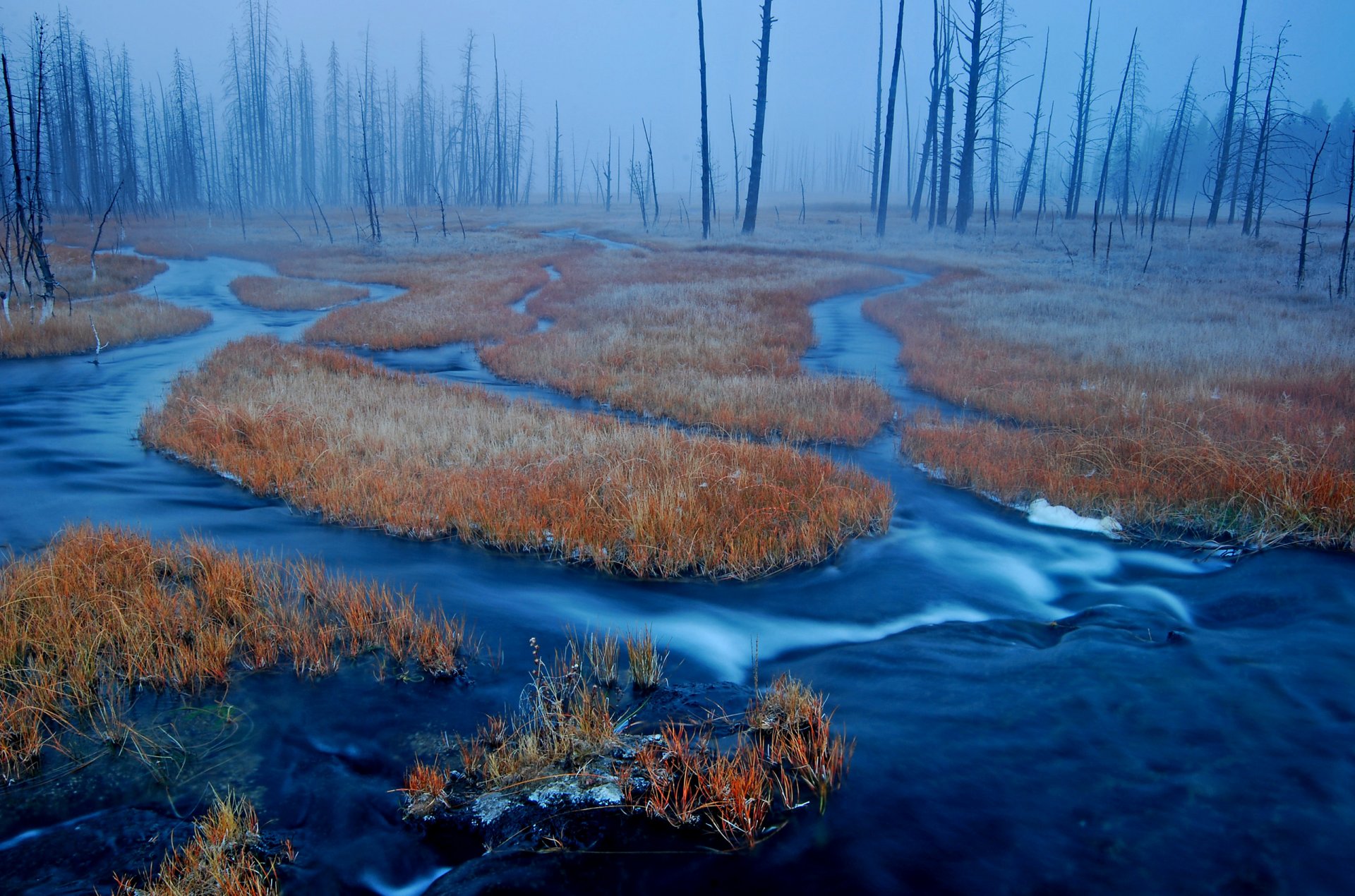
Lakes turn into swamps
The life span of lakes usually ranges from 10 to 50 thousand years. After that, they become overgrown with plants and turn into swamps. However, large lakes can exist for millions of years! For example, the age of Baikal is 25-35 million years. This process can work backward, lakes also can arise in large swamps.
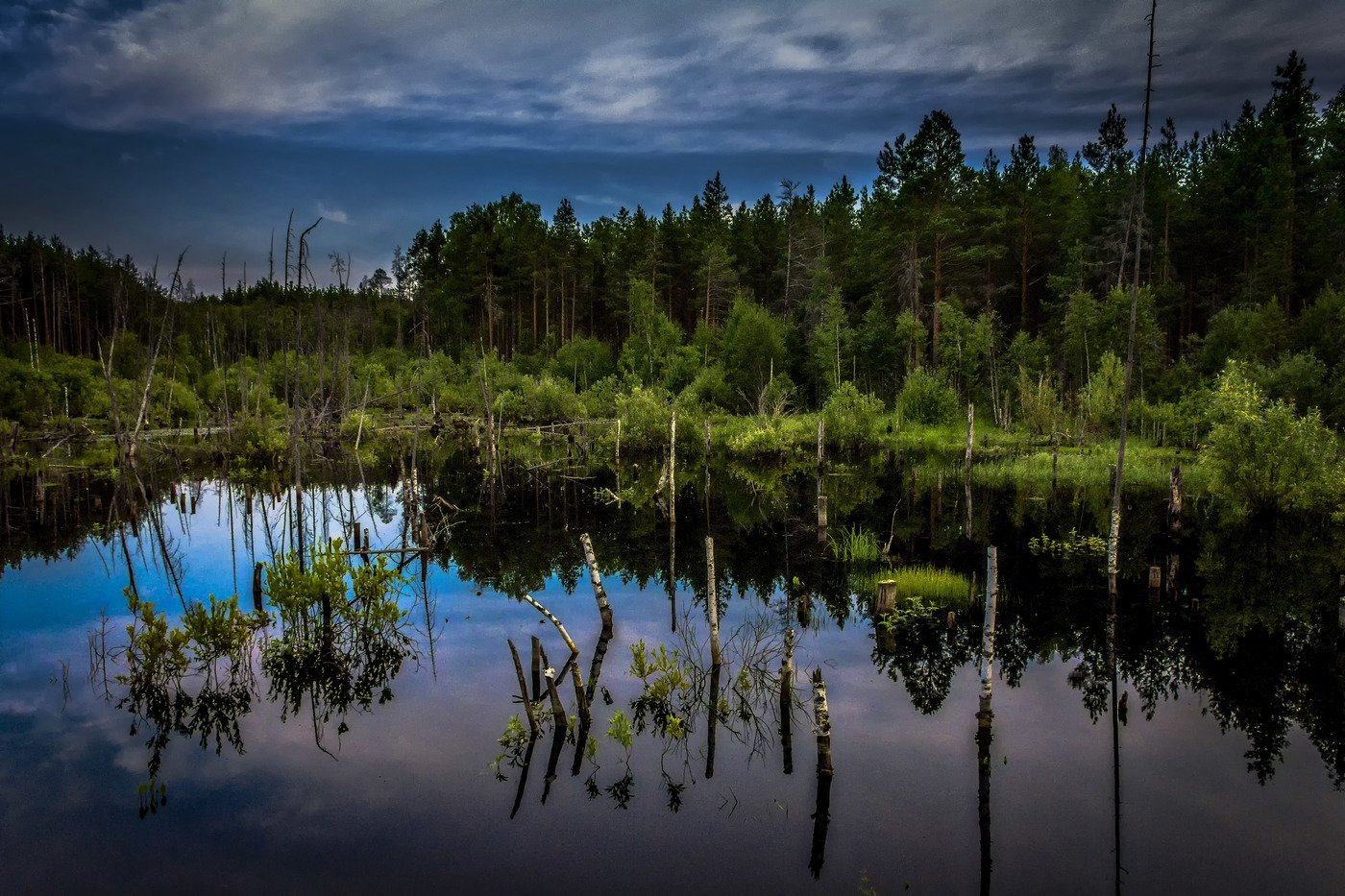
Drainage of swamps
Drainage of swamps is still practiced in some countries in order to obtain land suitable for construction and improve the climate. However, this causes huge damage to the ecosystem of large regions. Hundreds of species of insects and animals are disappearing, and rivers flowing from them and lakes fed by them are drying up.
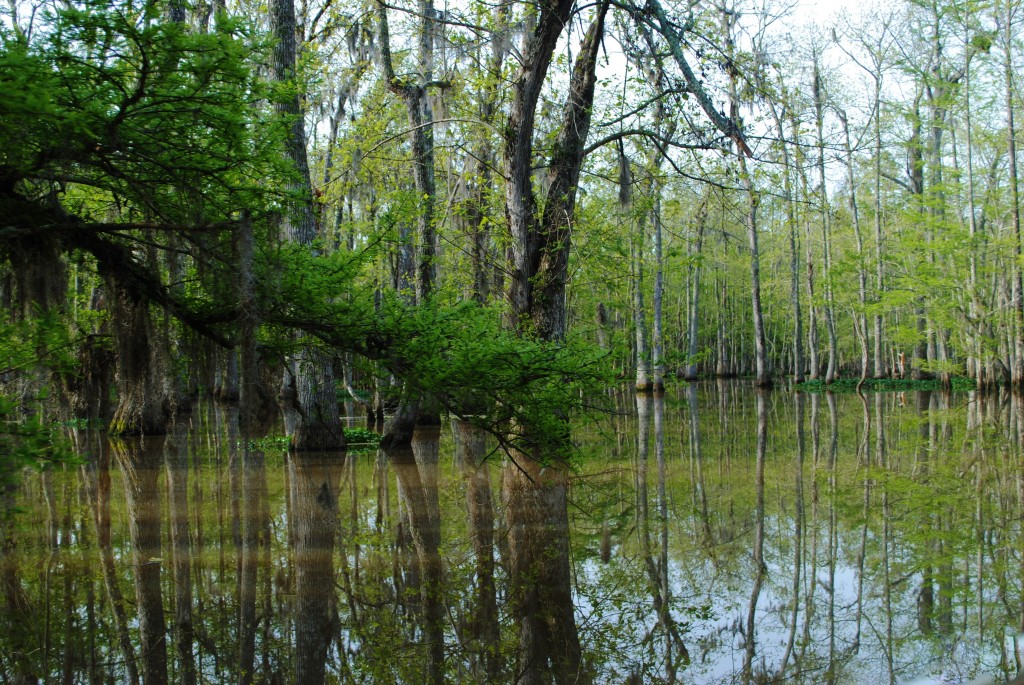
Facts about the swamp water
People usually think that the swamp water is dirty and foul. That’s not true! Sometimes it’s even purer than the lake water. This is because it is completely renewed as a result of circulation in an average of 17 years in lakes, and in just 5 in swamps.
